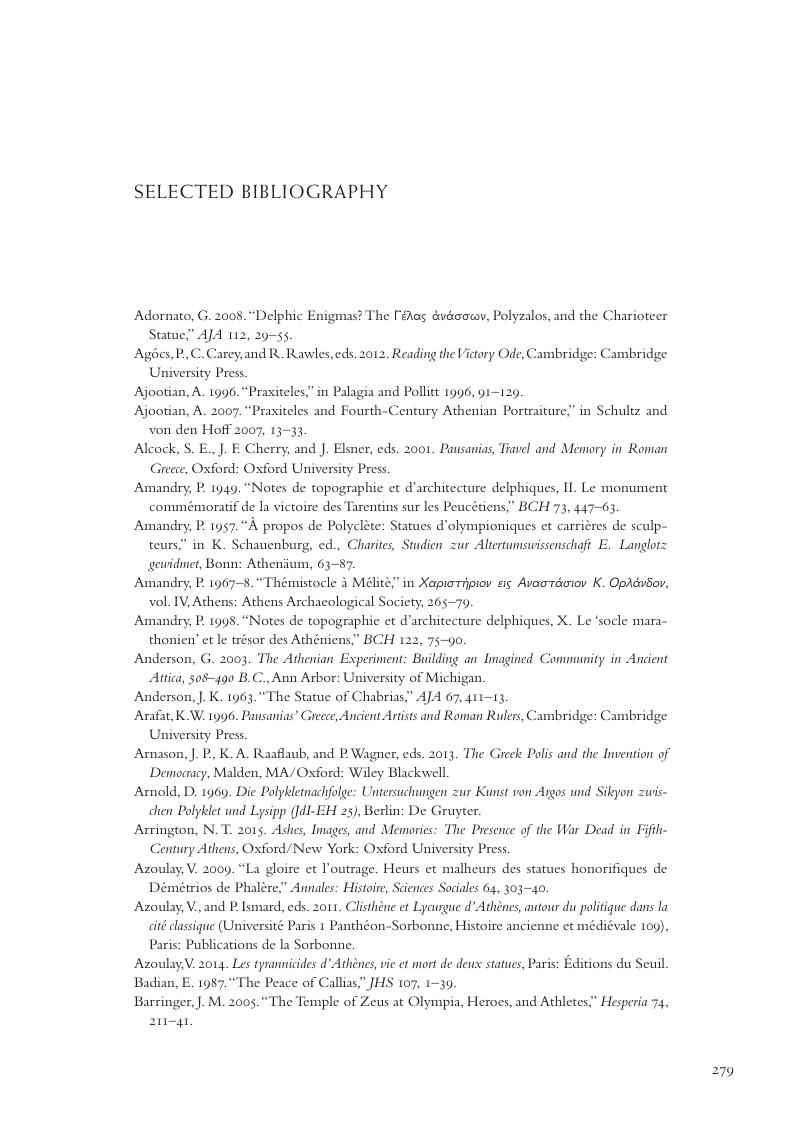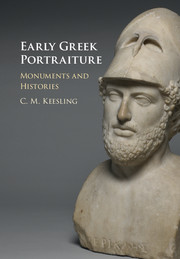Book contents
- Early Greek PortraitureMonuments and Histories
- Early Greek Portraiture
- Copyright page
- Dedication
- Contents
- Figures
- Tables
- Acknowledgments
- Note on Text/Translation
- Abbreviations
- Introduction: Why Portraits?
- I Portraits Among Heroes and Gods
- II Documenting Archaic and Classical Greek History
- Conclusion: The Limits of Representation
- Book part
- Notes
- Selected Bibliography
- Index
- References
Selected Bibliography
Published online by Cambridge University Press: 19 May 2017
- Early Greek PortraitureMonuments and Histories
- Early Greek Portraiture
- Copyright page
- Dedication
- Contents
- Figures
- Tables
- Acknowledgments
- Note on Text/Translation
- Abbreviations
- Introduction: Why Portraits?
- I Portraits Among Heroes and Gods
- II Documenting Archaic and Classical Greek History
- Conclusion: The Limits of Representation
- Book part
- Notes
- Selected Bibliography
- Index
- References
Summary

- Type
- Chapter
- Information
- Early Greek PortraitureMonuments and Histories, pp. 279 - 295Publisher: Cambridge University PressPrint publication year: 2017



